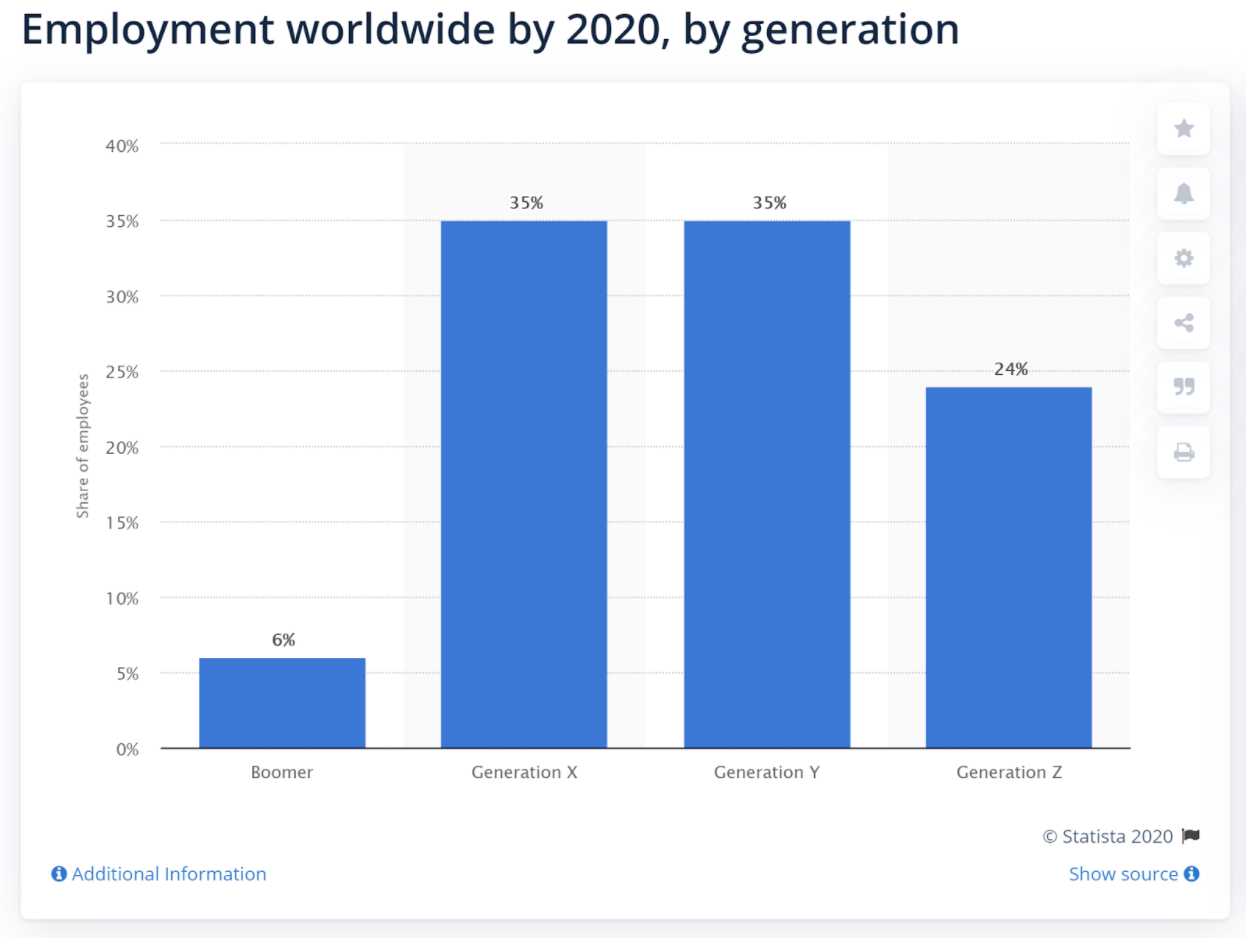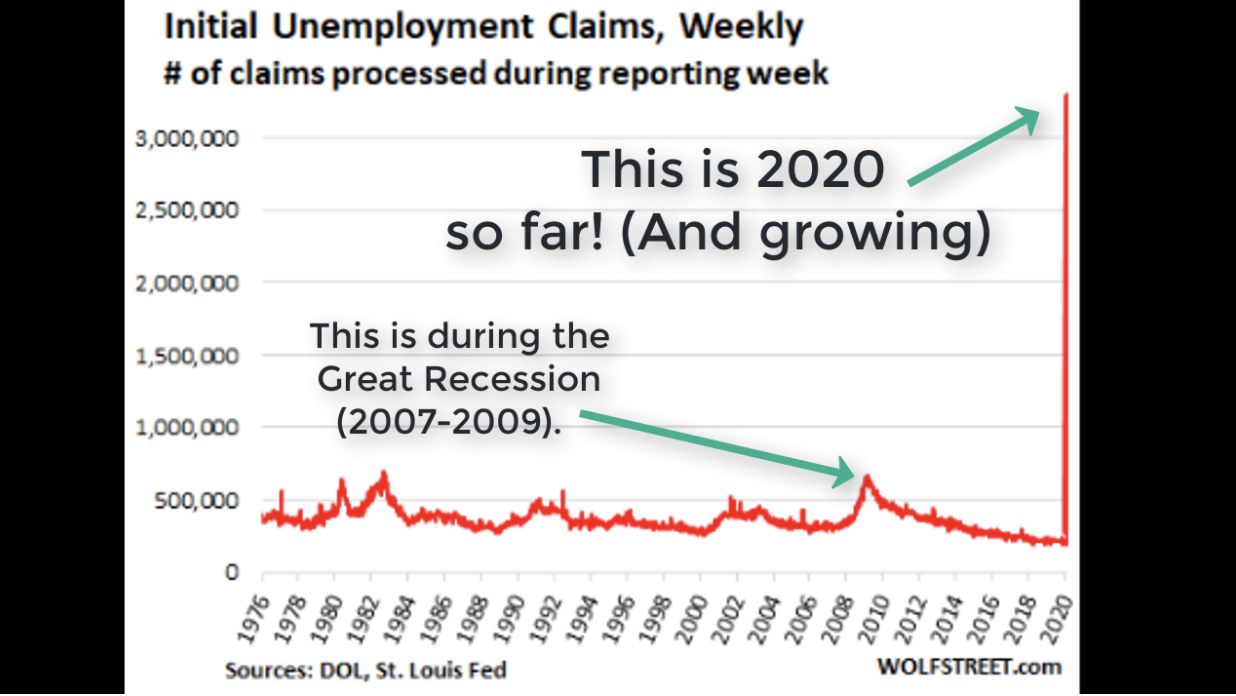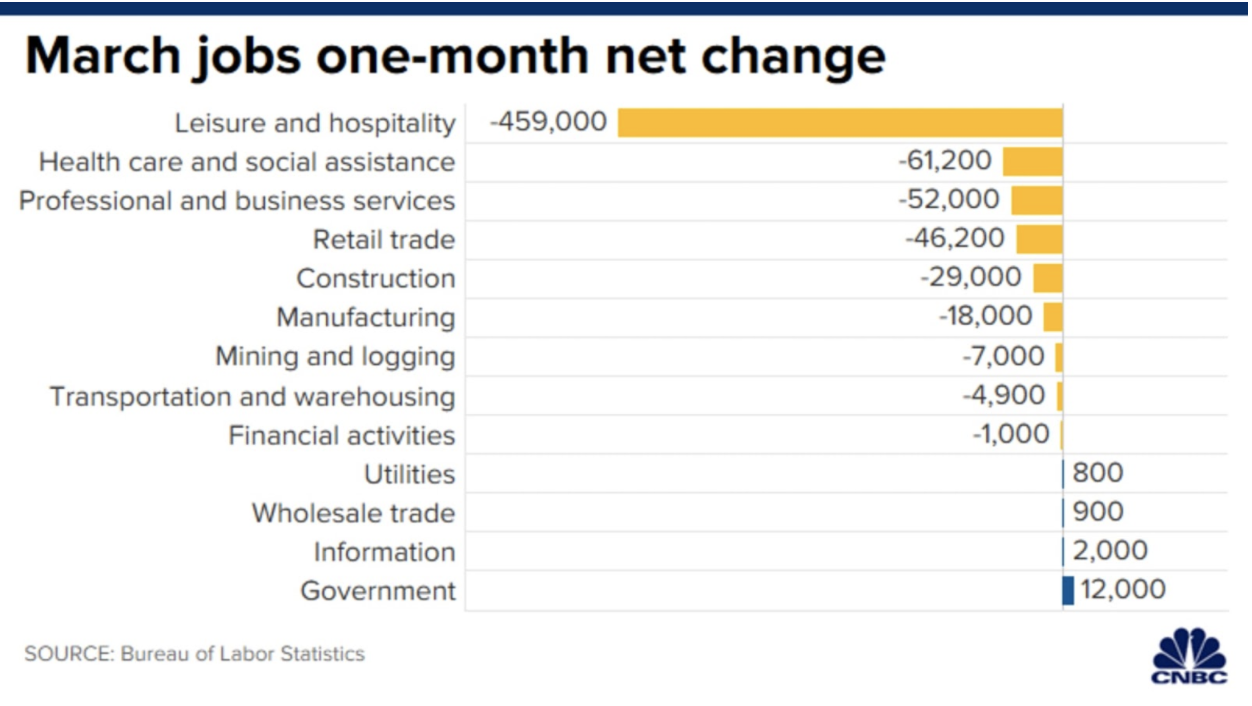What is talent attraction? Why is attracting talent important? Talent attraction is a term used in the Human Resources and Talent Acquisition field to describe luring the most desirable of passive candidates to a specific employer and incentivizing them to apply for work with implied and envisioned benefits. The means and strategies of talent attraction vary and include, but are not limited to, employer branding, recruitment marketing, organizational culture, compensation and benefits. Said employee attraction strategies are dependent upon generational differences, the present economy, and overall talent competition. The implementation of these talent attraction strategies is facilitated through a variety of tools and processes that include but are not limited to money and benefits, employer branding, social media and video.
The temptation is to apply one size fits all methods towards the aim but, different messages resonate with different audiences. In this report, my intention is to discuss the different generations operating in the workplace, what would likely appeal to each group and an examination of diverse vehicles as used for the talent attraction process.
Contents
- Attracting talent across various generations
- Attracting talent from the Baby Boomer generation
- Attracting talent from the Generation X generation
- Attracting talent from the Millennial generation
- Attracting talent from the Generation Z generation
- The effect of shifting economies on talent attraction
- Methods of Talent Attraction
Attracting Talent Across Various Generations
According to recent United Nations data [1] [see below], there are 4 generations involved in the modern workplace – Baby Boomers, Generation X, Generation Y and Generation Z. While there are some overlaps in terms of what would likely attract each to an opportunity, there is no one solution that would satisfy every concern. What follows are different considerations to ponder as one formulates their talent attraction strategies, respectively. 
Baby Boomers
According to Gallup [2], one third of the oldest baby boomers in the United States is still working. To quote, “While about eight in 10 boomers in their early 50s are in the workforce, the percentage employed drops to about 50% for boomers who are 60, and the proportion accelerates downward with each year of age thereafter. Only about a third of those aged 67 and 68 -- the oldest boomers -- are still working in some capacity.” Said Baby Boomers, active in the current job market [3] are not trending towards retirement. In fact, the opposite is happening.
According to PEW research, [3] the “…majority of Baby Boomers (U.S. adults born 1946 to 1964) are still in the labor force, and the oldest among them are staying in the labor force at the highest annual rate for people their age in more than half a century. In 2018, 29% of Boomers ages 65 to 72 were working or looking for work, outpacing the labor market engagement of the Silent Generation (21%) and the Greatest Generation (19%) when they were the same age, according to a new Pew Research Center analysis of official labor force data.” Some of the reason behind this phenomenon is the lack of preparedness for retirement. In 2018, Gallup reported that 46% of Americans do not anticipate a comfortable retirement [4]. Moreover, data from an Express Employment Professional poll [5] of 1,500 U.S. workers between 54 and 72 years old, conducted by Harris Poll [2019] illuminate matters further. Some simply prefer to continue working while others are comfortable with part-time work as others are hoping to avoid a looming retirement crisis [6].
Although the number of baby boomers in the workplace do not outpace the millennials, their presence in the workplace is still significant and coupled with their experience and knowledge, are an ideal target for filling talent gaps inside of an organization [7]
Considerations for attracting baby boomers
- Baby Boomers want flexible options and remote work opportunities. [8]
- Baby Boomers want to learn new skills. A recent survey cited how 50% of Baby Boomers believed that continuous learning keeps them employable. [9]
- Healthcare options for Baby Boomers are increasingly valuable. [10], [11], [12]
- In comparison to Millennials, Baby Boomers have made a significant increase in tech adoption [13] and are very active online [13], [14].
- Corporate alumni groups are a great way to stay connected to experienced retirees who may be open to temporary project work and reliable referrals. [15]
Generation X
In 2014, Pew Research [16] referred to Generation X as “America’s neglected middle child” because most of the societal focus is on either the retiring (or the increasing workforce retention) of Baby Boomers and ascending millennials who make up the majority of today’s workforce. That being said, being forgotten is not indicative of significance. The Global Leadership Forecast 2018 [17] — published by DDI, The Conference Board and EY with support from CNBC — found that Gen X accounts for 51 percent of leadership roles globally with an average of 20 years of workplace experience. Said research related Gen X leaders are just as likely to be comfortable leveraging technology in the workplace as their millennials counterparts; if not more so.
Research by Nielsen [18] found that “…Americans aged 35 to 49 used social media 40 minutes more each week than those aged 18 to 34. Gen Xers were also more likely than millennials to pull their phones out at the dinner table. (Baby boomers were even worse!) The middle-aged spend more time than millennials on every type of device—phone, computer, tablet—and, while they don’t peek at their phones while driving more than young people, they do it more than they should.”
Considerations for attracting Gen x
- Sandwhich Generation —Gen X is a middle generation caring for aging parents and their own children and as such, work/life balance is essential to their lives.[19],[20]
- Mentoring programs— Reverse mentoring is when younger employees educate senior leaders in the company. It is a trend that took off in 2011 [21] and continues to this day [22]. As new leaders, Gen Xers want to pass their knowledge on but they are also interested in staying current. This could be of enormous benefit to any enterprise.
- Training and development (T&D)— According to the COVID-19 Work and Education Survey [23], all 4 generations in the workplace recognize a need to upskill.
- Compelling Employee Benefits – According to PayChex [24], each generation values different things in a benefits package:
- Baby Boomers value salary level, health insurance, and a retirement plan.
- Gen Xers value salary level, a 401K plan with matching benefits, job security, advancement within the company, and opportunities for work-life balance.
- Millennials value benefits, choices, paid time off, ability to work remotely, control over their schedules, and a great deal of flexibility.
- Student Loan Debt Relief - Generation X has the highest average mortgage debt [25] and the most student loan debt of any generation, with an average of $39,584 per borrower. [26] (This is why companies offering student loan assistance [27] was and will likely trend in the future.)
Millennials
This generation has received a lot of bad press for being narcissistic [28], lazy and entitled [29] and depressed [28-a] job-hoppers [29-a]. And for every negative stereotype, there are a number of articles [30] debunking [31] them [32]. Where is the truth? I assert that it is somewhere in the middle. One of the more vocal critics denouncing Millennials is Simon Sinek, author of “Start with Why” has been quoted as saying…
“Millennials are unmanageable in corporations because they are impatient, lazy and entitled as a result of bad parenting, addiction to cell phones and Facebook depression. However, it’s not the Millennials fault. They were dealt a bad hand. The solution is for corporations to parent Millennials by adding “parenting” as a bullet point to the corporate responsibility charter. This solution requires corporations to hire a new age management consultant to teach middle managers how to parent new hirelings.”
As much as these stereotype proliferate, there has been research (mostly) debunking this mindset about Millennials. For example, Harvard Business Review has challenged “Millennials Are Actually Workaholics, According to Research” [33] and Mark Murphy, founder of LeadershipIQ [34] and a New York Times bestselling author rebuked the narcissim myth with survey research [35]. He told Forbes [36]…
“Our first discovery was that only 28% of folks in the 18-30 group, the Millennials, think their communication skills are better than their peers’. By contrast, 42% of people in the 41-50 group think their communication skills are better. Now, if Millennials were as narcissistic as we’re told they are, wouldn’t they all believe their communication skills are better than their peers’? I look at this data and not only do I not see narcissism, I’m somewhat inclined to think Millennials may actually have a low self-esteem problem…”
And when it comes to depression, there is ample evidence that much of it is connected to technology addiction [37]. However, the recent advent of the Coronavirus has most assuredly [38] exasperated a trend that [39] was on the upswing prior [40] to.
Considerations for attracting Millennials
And despite a reputation for job hopping, Millennial workers are just as likely to stick with their employers as Gen X workers were when they were the same age. Roughly seven-in-ten each of Millennials ages 22 to 37 in 2018 (70%) and Gen Xers the same age in 2002 (69%) reported working for their current employer for at least 13 months. About three-in-ten of both groups said they’d been with their employer for at least five years. [41] However, when they do leave their jobs, the reasons are higher compensation (57%), more opportunities to advance their careers (46%) and switching to a job that’s a better fit for their skills and interests. [42]
Other considerations for attracting Millennials as quoted from HR Daily Advisor [43]
- The ability to grow—Many Millennials are a few years into their careers and are already looking toward the future. Unlike Gen Xers, though, Millennials may not be as interested in upward mobility and instead may prefer job training over leadership development. In any case, development opportunities of every kind will be a valuable offering for Millennial workers.
- Mentorships—They have been in the workplace long enough to recognize what they can gain from more experienced peers, and as mentioned above, the ability to grow is extremely important. Mentorships are a cost alternative for offering more formalized training programs.
- Flexibility—Millennials want work/life balance, as more and more are seeking out unique working approaches (remote working, custom hours, pet-friendly offices, gig work, etc.). Also keep in mind that this generation is growing up, and offering flexible arrangements will help them care for their families.
- Technology—As digital native pioneers, this age group is looking for technology-forward companies. Be prepared to offer Millennials technology to make them more productive and more collaborative.
Generation Z
According to Business Insider, “Generation Z, is the youngest, most ethnically-diverse [44], and largest [45] generation in American history, comprising 27% of the US population. Pew Research recently defined Gen Z as anyone born after 1997.[46] Gen Z grew up with technology, the internet, and social media, which sometimes causes them to be stereotyped as tech-addicted, anti-social, or “social justice warriors.”
The global research and advisory firm, Universum, surveyed approximately 50,000 young people [47] (born between 1996 and 2000) across 46 countries about their future careers, fears about work, and attitudes about higher education, among many other topics - insights hiring companies can use to attract and retain the next generation of digital natives. | Their report can be downloaded here. [48]
Among Universum's top findings for employers:
- Optimistic spirit: This generation thinks anything is possible; 65 percent are hopeful about the future.
- Values at work: Nearly 4 in 10 fear they won't find a job that matches their personality. This desire to be themselves and express their personality at work is critical for employers to heed.
- University alternatives. Only 15 percent accept the idea of foregoing university outright, but 47 percent say they would "maybe" consider the notion of joining the workforce instead of pursuing college/university. Investing in training and development is a new imperative for employers.
- Entrepreneurial mindset. An impressive 55 percent say they are interested in starting their own company - a figure that's even higher in emerging markets. How will large global organizations recruit and retain this start-up generation?
Considerations for attracting Generation Z
- Generation Z is attracted to “purpose driven work” [49] which is to say, they want to work for companies that support a social good. This is good for all concerned because it promotes retention and improves a company’s bottom line. [50]
- Generation Z is attracted to ethical behavior. [51]
- Generation Z craves offline relationships, want daily interactions with their boss and they value skill development and self-improvement. [52]
The effect of shifting economies on talent attraction (Coronavirus)
The Coronavirus pandemic has made a massive impact on the global economy and specific to the USA workforce, this chart [March 2020] says it all.

Within a very short time frame, the USA job market fluctuated to historic 50-year low unemployment to unprecedented highs in unemployment. What was once a candidate driven market, is now an employer-driven market; in some respects. Some industries are suffering a severe setback with their job losses whereas others are making some gains in terms of hiring. Case in point, review the following chart [53] from the Bureau of Labor Statistics.

That being said, there are many companies still hiring [54] and more that are thriving and increasing their recruitment efforts [55], despite the current 2020 environment. It would behoove any company to not abandon the strides made when talent was scarce and return to practices that took jobseekers for granted [56]. Doing such, would lose a company a recruitment advantage.[57]
Methods of Talent Attraction
Money and Benefits
In the academic study, “Understanding talent attraction: The influence of financial rewards elements on perceived job attractiveness” [58] by SA Journal of Human Resource Management, the obvious was substantiated. “If organisations are to attract the best talent, they are going to have to offer higher levels of pay.” As cut and dry as that response is, the reaction to what benefits employees prefer is across the board. Jobvite, a software and recruiting corporation, surveyed the significance of employee benefits when recruiting and revealed the following insights; as quoted by Small Business Trends.
“71.6 percent of companies offer benefits, which can range from health insurance to a casual dress code, tuition reimbursement to fertility treatments like egg freezing. Ask employees which perks they most appreciate and they’ll tell you casual dress codes, flex time/remote work, and mentoring or developmental programs. But ask employees what perks they most desire and they’ll say flex time/remote work, free gym memberships, free food, and catered lunches. Just how much do these benefits matter to job hunters? A decent amount: 25.2 percent say it’s very important, 31.2 percent moderately important, and 33.8 percent somewhat important.” [59]
When attracting talent, salary is the first consideration and benefits a very close second, according to Glassdoor, one of the world's largest job and recruiting sites. A survey they produced revealed [60] that job seekers and workers in the U.S. focus mostly on salaries (67 percent) and benefits (63 percent) when reviewing job advertisements.
Employer Branding
How a company is perceived has been directly linked to the self-esteem of people working there.
According to social identity theory (Tajfel & Turner, 1985), people identify with an organization when they perceive that it is highly prestigious, with a positive and attractive image; this organizational identity then can enhance members’ self-esteem. To develop and maintain a favorable sense of self-worth, people seek to join and remain with high-status organizations, because such group membership is rewarding and creates a sense of pride. [61]
It is also noteworthy to mention that when a company is certified as a “Best Place to Work” or some similar designation, applicant pool quality is (1) higher in smaller companies and (2) higher when job openings are scarcer. [62]
Social Media
In the academic study, “Evaluating Effective Use of Social Networks for Recruitment,” [63] it was ascertained that social networks as a recruiting tool was most suitable for achieving recruitment process efficiency, attracting passive talent, reaching a wider audience, understanding candidate’s profile, locating specialized skills and recommendations. Conversely, the research asserted that social networks were not suitable for bulk recruitments and time critical recruitments.
With the popularity of social networks proliferating [64], it is not surprising that companies leveraging social networks are benefitting from its use. Consider the following stats [65]:
- 84% of companies are using social media for recruiting purposes. [66]
- 55% of job seekers find social and professional networks to be the most useful resource during a job search. [67]
- 73% of millennials found their last position through a social media site. [68]
- 71% of recruiters said social media recruiting was effective in decreasing time to-fill for non-management, salaried positions. [69]
- 68% of millennials visit a company’s social media properties specifically to evaluate an employer’s brand. [70]
- 41% of candidates want to see employee testimonials when researching companies in their job search. [71]
- Employees are 3x more likely to be a trusted source of information compared to the employer. [72]
- 79% of employers believe that social media marketing will be the most in-demand HR skill by 2020. [73]
Video
According to the latest Cisco Visual Networking Index (VNI) Complete Forecast, [74] there will be nearly 1.9 billion Internet video users by 2021, up from 1.4 billion in 2016. The world will be watching 3 trillion minutes of Internet video per month by 2021, which is 5 million years of video per month. And video will continue to dominate overall Internet traffic – representing 80% of all Internet traffic by 2021, up from 67% in 2016. [75]
A closer look at Cisco’s predictions reveals that:
- Video will represent 80% of all Internet traffic by 2021
- There will be nearly 1.9 billion Internet video users by 2021
- They’ll be watching 3 trillion minutes of video per month by 2021
No surprise, companies are embracing video strategies to attract passive candidates [76] in order to secure a strategic SEO advantage.[77]
REFERENCES
|
[1] Statista |
[2] Gallup |
[3] Pew Research |
[4] Gallup |
[5] Express Employment Professional poll |
|
[6] Money and Markets |
[7] Senior Citizens are the Future of Work |
[8] Harvard Business Review |
[9] Hays |
[10] US National Library of Medicine National Institute of Health |
|
[11] US National Library of Medicine National Institute of Health |
[12] National Conference of State Legislatures |
[13] Pew Research |
[14] DMN3 |
[15] Emerald Insight |
|
[16] PEW Research |
[17] The Global Leadership Forecast 2018 |
[18] Nielsen |
[19] She Knows |
[20] Pew Research |
|
[21] Wallstreet Journal |
[22] BBC |
[23] COVID-19 Work and Education Survey |
[24] PayChex |
[25] USA Today |
|
[26] Experian |
[27] Forbes |
[28-a] Business Insider |
[29-a] The Ladders |
[30] Mission.org |
|
[31] Forbes |
[32] Gen Pop |
[33] Harvard Business Review |
[34] Leadership IQ |
[35] Leadership IQ |
|
[36] Forbes |
[37] Science Daily |
[38] MSN News |
[39] Business Insider |
[40] Cambridge University Press |
|
[41] Pew Research |
[42] USA Today |
[43] HR Daily Advisor |
[44] Business Insider |
[45] Business Insider |
|
[46] Pew Research |
[47] Universum Global |
[48] Universum Global |
[49] Smartbrief |
[50] LinkedIn Global Report – Purpose at Work |
|
[51] McKinsey and Company |
[52] Concordia University – St. Paul |
[53] CNBC |
[54] Get Hired Newsletter |
[55] IBIS World |
|
[56] Harvard Business Review |
[57] Indeed.com |
[58] SA Journal of Human Resource Management |
[59] Small Business Trends |
[60] Glassdoor |
|
[61] City, University of London Institutional Repository |
[62] Purdue University |
[63] University of Moratuwa |
[64] Smart Insights |
[65] Career Arc| |
|
[66] Society of Human Resources Management |
[67] CareerArc |
[68] Forbes |
[69] Society of Human Resources Management |
[70] Career Arc |
|
[71] Sparc Start |
[72] LinkedIn Talent Solutions |
[73] Career Arc |
[74] Cisco Visual Networking Index (VNI) Complete Forecast |
[75] Tubular Insights |
|
[76] Proactive Talent |
[77] Search Engine Land |
Now read this:
RECRUITMENT MARKETING: WHAT IT IS, AND THINGS TO THINK ABOUT







